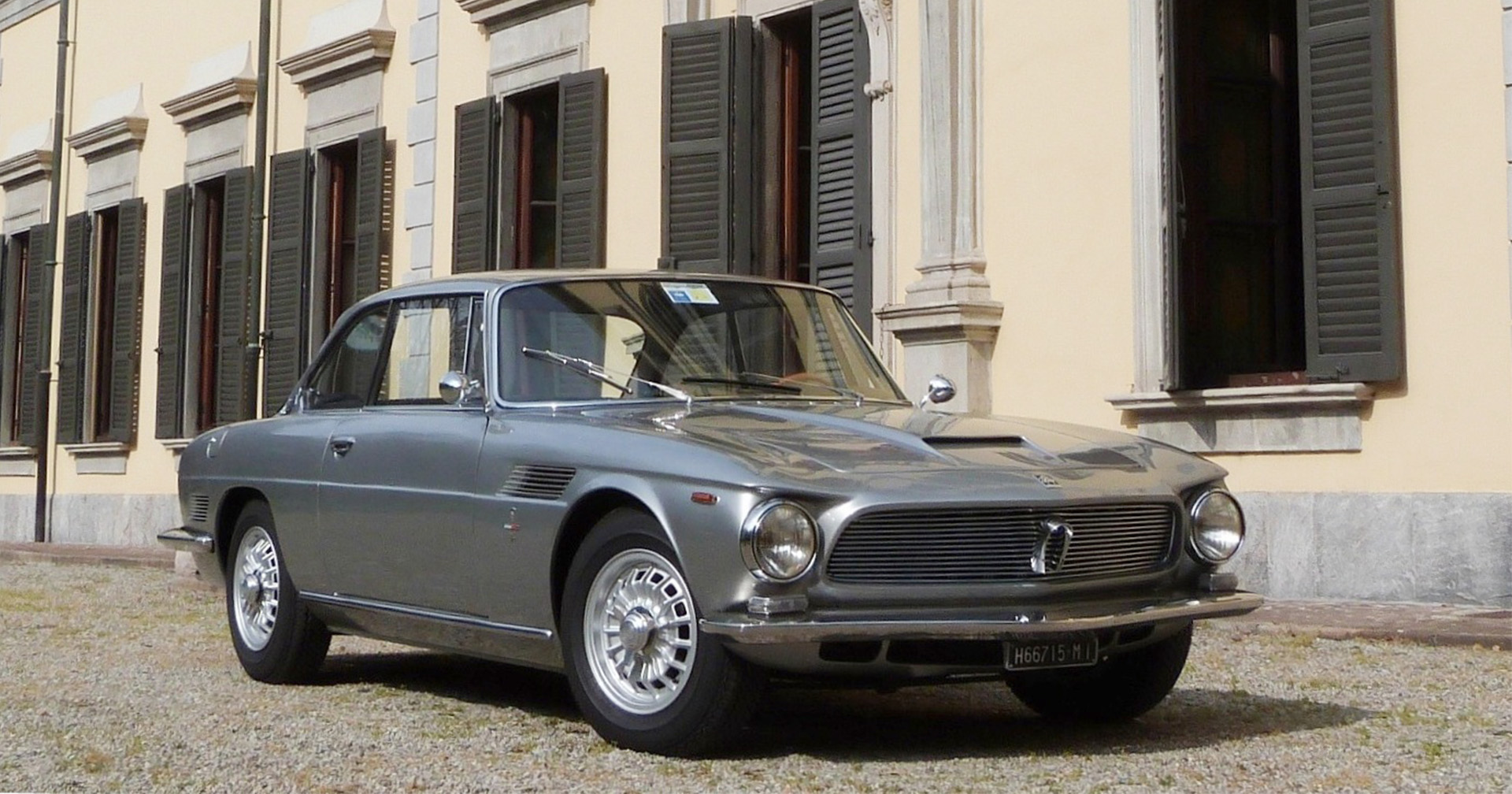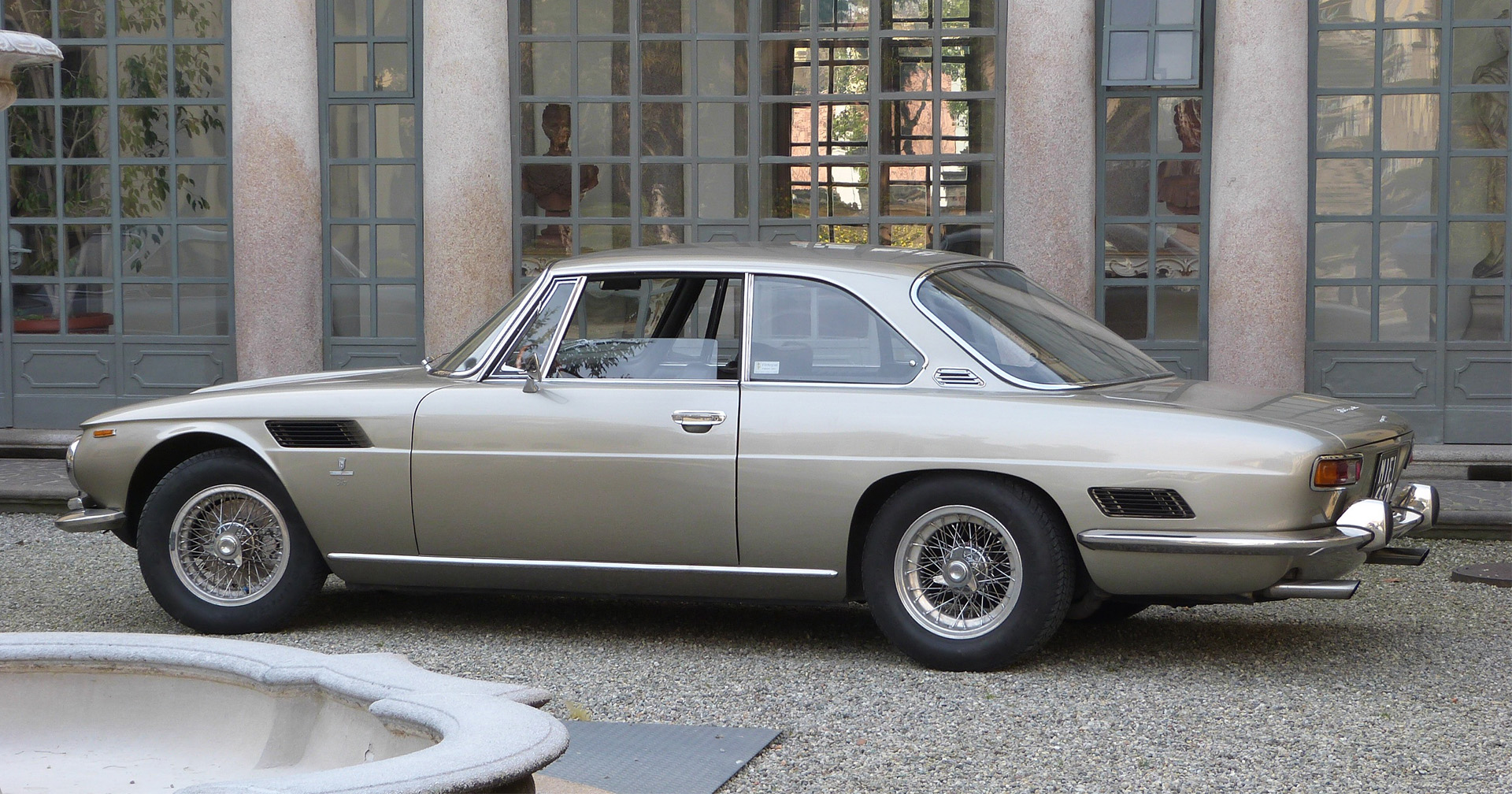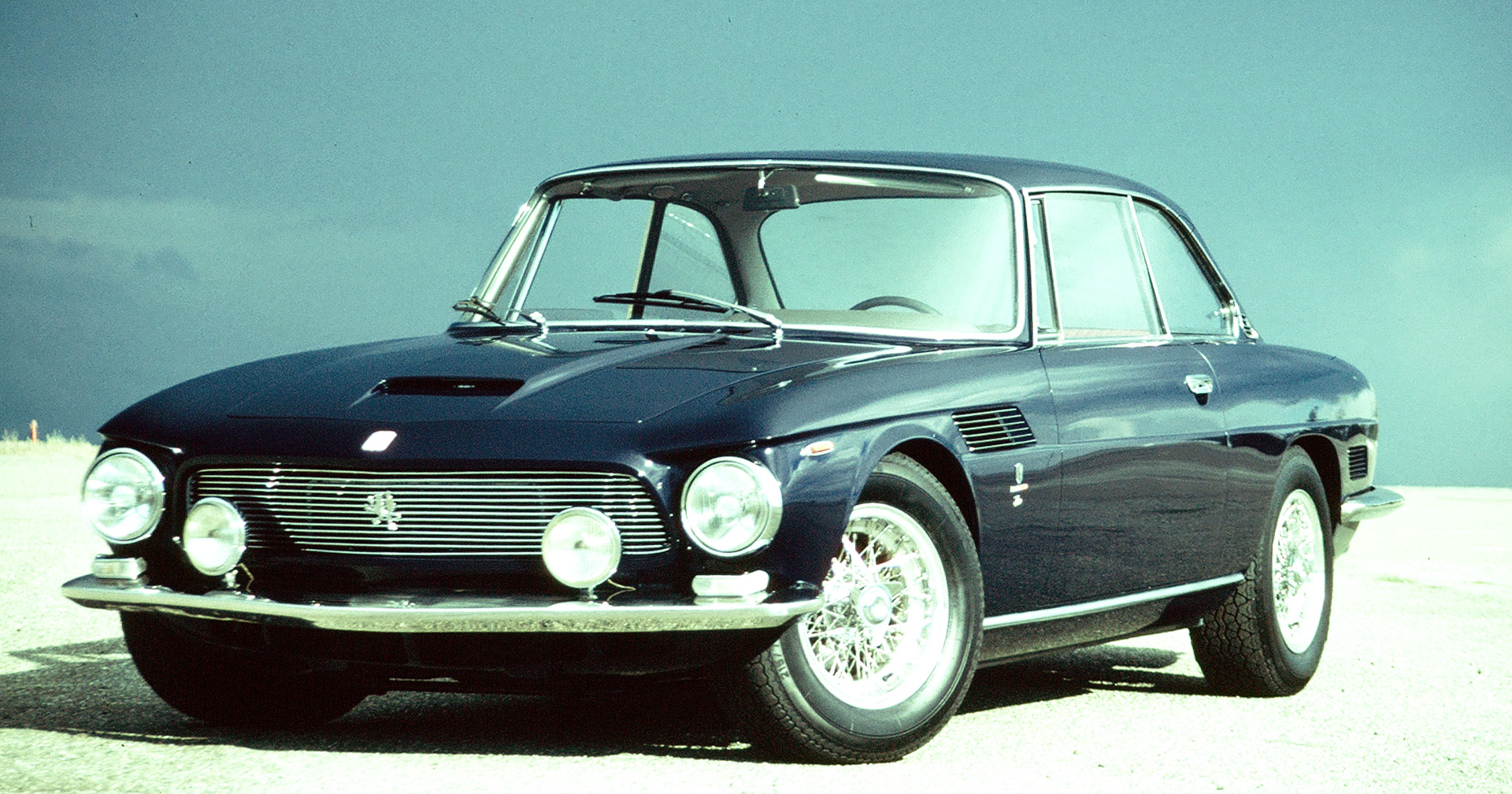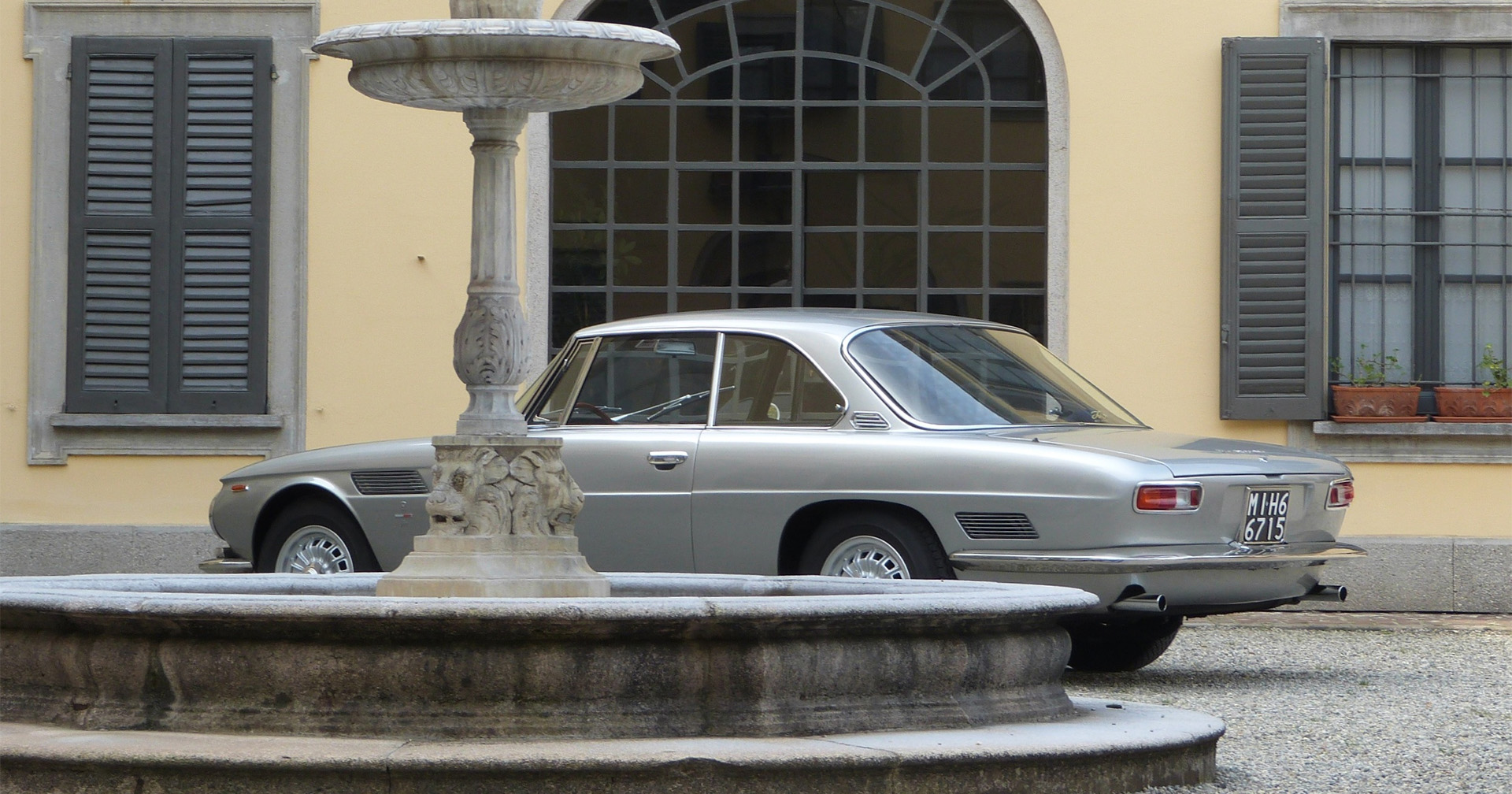Two important characteristics differentiated the IR 300 from other GTs on the market in that period: the engine and an innovative chassis.
Italy, and Ferrari in particular, was known for small displacement engines that performed best at high engine rpm. Renzo Rivolta chose a more reliable and high-powered Chevrolet Corvette V-8, and the first reaction of Giotto Bizzarrini, former track engineer at Ferrari, was: “I am shocked, it is superior to Ferrari’s engine.”
The chassis of the IR 300 was developed by Ing. Pierluigi Raggi and Ing. Giulio Alfieri, who preferred a platform chassis to any tubular design, which allowed superior space inside the car when compared to a space frame and would be much easier to mass produce. This innovative, sophisticated chassis became a standard feature of all future ISO Rivoltas.
The first Gran Turismo, called the ISO Rivolta GT, debuted in 1962 during a special event at Villa Rivolta in Bresso in front of the American Consul General and the management of General Motors, which reflected the current trend of being open-minded enough to join together the best of different countries in order to achieve the utmost in comfort (perfectly functioning air conditioning), speed and reliability.
The GT, with an innovative body designed by Bertone, quickly received critical acclaim as a stylish 2+2 with room enough for four adults. It offered a choice of different horsepower engines and transmissions (including an automatic gearbox) in order to give this vehicle—and eventually, all the ISO Rivolta cars thereafter—the ability to satisfy even the most demanding sports car enthusiast. Production of this model continued until 1970.
The race experience, created with the small Isetta at Mille Miglia and the Rivolta passion for competition, naturally evolved into the racing versions of the GT 300 and GT 340 that participated in several competitions reserved for the GT category in Europe and the U.S.





 .GT
.GT